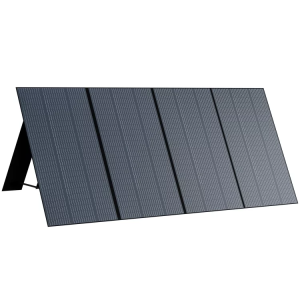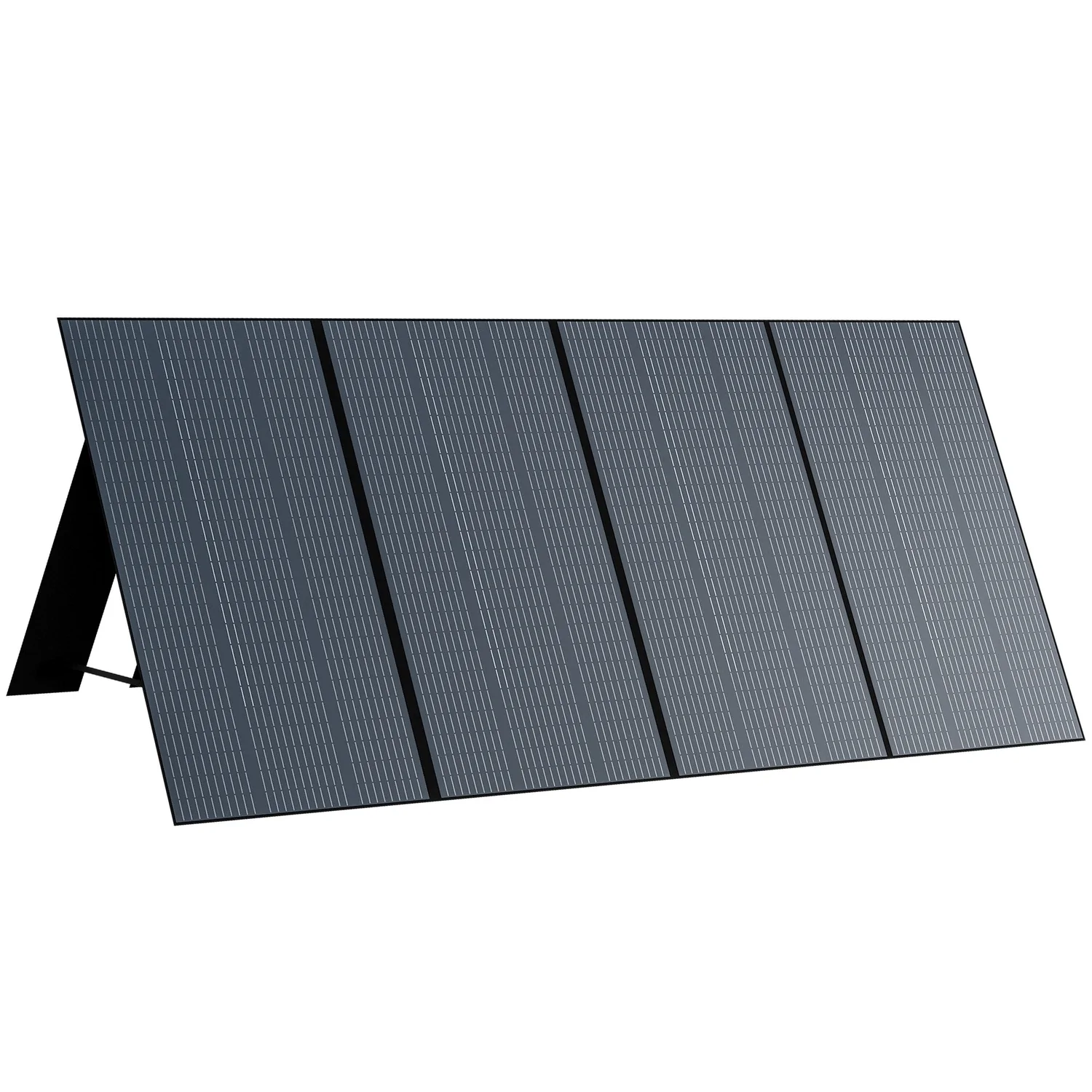Attach a flexible solar panel
When you decide to adopt a photovoltaic energy solution with flexible solar panels UK , the crucial question of fixing arises. The flexibility of these panels offers many installation options, but it is essential to follow precise steps to ensure a secure and efficient attachment. Here is a detailed guide to help you in this process.

Choice of strategic location to attach the flexible solar panel
Before installing your flexible solar panel, identify the ideal location. Look for an area with maximum sun exposure, avoid shade, and make sure the surface is clean and free of debris that could affect the adhesion of the panel.
Attachment to flat or curved surfaces
Flat surfaces
1.Clean the Surface:
Make sure the surface is clean and dry. Use a gentle cleanser if necessary.
2.Use Specific Adhesives:
Specific solar adhesives for flat surfaces are available. Apply them carefully following the manufacturer’s instructions.
Curved surfaces
1.Use Flexible Backings:
Flexible backings, such as glues specifically designed for curved surfaces, provide optimal adhesion while still allowing for flexing of the panel.
2.Securing with Straps:
For curved surfaces, use elastic straps to hold the panel in place while allowing some flexibility.
Fixing on rigid structures
If you are attaching your flexible solar panels UK to a rigid structure, such as a roof or wall, follow these steps:
1.Installation on a Frame:
Secure the panel to a sturdy frame using suitable clamps or brackets.
2.Plan for the Correct Tilt:
Optimize energy production by adjusting the tilt of the panel according to the latitude of your location.
Use of adhesive fixings
1.Clean the Surface: Make sure the surface is clean, dry and free of grease. Use isopropyl alcohol if necessary.
2.Apply Adhesive: Carefully apply adhesive to the back side of the panel. Press firmly to ensure complete adhesion.
3.Even Pressure: Apply even pressure across the entire surface of the panel to ensure a secure fit.
Additional security
1.Use Safety Straps:
For outdoor installations exposed to wind, use safety straps to reinforce the attachment.
2.Check Regularly:
Inspect the fastener regularly for signs of looseness or potential damage.
Frequently asked Questions
1. Is it possible to attach a flexible solar panel to a curved surface? Yes, use flexible backings specifically designed for curved surfaces, and be sure to apply the adhesive evenly.
2. What is the best fixing method for a flat roof? For a flat roof, use specific solar adhesives and ensure the surface is clean and dry before application.
3. Can I install a flexible solar panel on a vertical wall? Yes, use suitable supports to attach the panel to a vertical wall, and check the inclination to optimize energy production.
4. Are flexible solar panels weatherproof? Yes, however, for added safety, use safety straps, especially in windy areas.
5. How to ensure lasting fixation over time? Inspect the fastener regularly, use quality materials and follow the manufacturer’s recommendations for optimal durability.
Maintenance and Longevity of Flexible Solar Panels
Once your flexible solar panel is securely installed, maintaining it properly is crucial to ensure its longevity and optimal performance. Regular maintenance involves cleaning the panel surface to remove dust, dirt, and debris that can obstruct sunlight and reduce efficiency. Use a soft cloth and mild detergent to clean the surface, and avoid abrasive materials that could scratch the panel. Additionally, inspect the adhesive fixings and mounting structures periodically to ensure they remain intact and secure. By maintaining your panels, you can extend their lifespan and maximize energy production over time.
Integrating Flexible Solar Panels into Hybrid Systems
To fully capitalize on the potential of flexible solar panels, consider integrating them into a hybrid energy system. Combining solar panels with other renewable energy sources, such as wind turbines or energy storage systems, can provide a more reliable and consistent power supply. This integration allows for energy diversification, reducing dependence on a single source and enhancing overall system resilience. For example, during periods of low sunlight, stored energy from batteries or wind-generated power can compensate for the shortfall, ensuring continuous energy availability.
Installation and Optimization: Enhancing Energy Harvesting
- Aligning with Sunlight: To maximize energy production, position the flexible solar panel in a way that it receives maximum sunlight throughout the day. In the northern hemisphere, this typically means facing the panel south and angling it to match your location’s latitude.
- Temperature Management: While flexible solar panels are designed to withstand varying weather conditions, extreme temperatures can affect their efficiency. Ensure there is adequate airflow around the panels to prevent overheating and maintain optimal operating conditions.
Expanding Applications: Beyond Traditional Uses
- Marine Applications: Flexible solar panels are particularly beneficial for marine environments, such as boats and yachts, where space and weight are at a premium. Their lightweight and flexible nature allows them to be installed on curved surfaces like boat hulls and sails, providing a reliable power source for navigation systems, lighting, and other onboard electronics.
- Urban Installations: In urban settings, flexible solar panels can be integrated into building facades, windows, and other architectural elements. This not only helps in harnessing solar energy in densely populated areas but also contributes to building aesthetics and sustainable urban development.
Harnessing Solar Energy in Remote Areas
Flexible solar panels are ideal for use in remote and off-grid locations where traditional power infrastructure is unavailable or unreliable. Their portability and ease of installation make them perfect for powering remote cabins, research outposts, and mobile healthcare units. By providing a dependable and renewable energy source, flexible solar panels can significantly improve the quality of life and operational efficiency in these isolated settings.
Investing in Quality: Ensuring Long-Term Performance
When selecting flexible solar panels, prioritize quality and reliability. Invest in panels from reputable manufacturers known for their durable and efficient products. Look for certifications and warranties that guarantee the performance and longevity of the panels. High-quality materials and manufacturing processes will ensure that your investment in solar energy pays off in the long run.
Conclusion
Attaching and optimising flexible solar panels UK involves careful planning and regular maintenance to ensure maximum efficiency and longevity. Whether you are using them for recreational purposes, in marine environments, urban settings, or remote areas, flexible solar panels offer a versatile and eco-friendly energy solution. By following best practices for installation and maintenance, and considering integration into hybrid systems, you can fully leverage the benefits of flexible solar technology. As you transition to more sustainable energy solutions, flexible solar panels provide a reliable, efficient, and adaptable source of power that meets your diverse energy needs.


